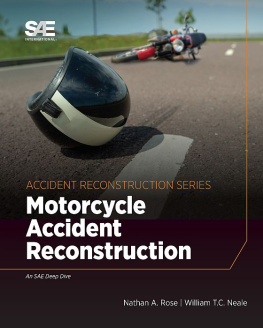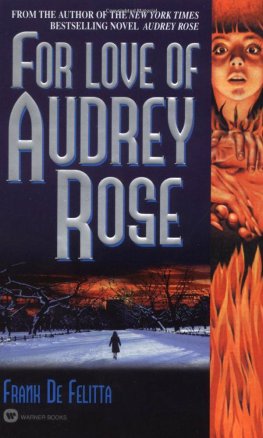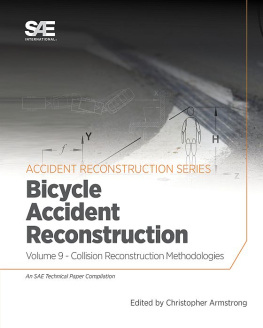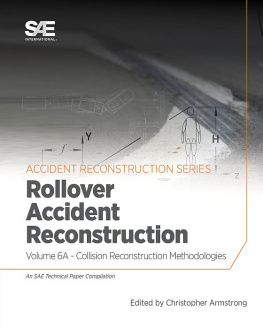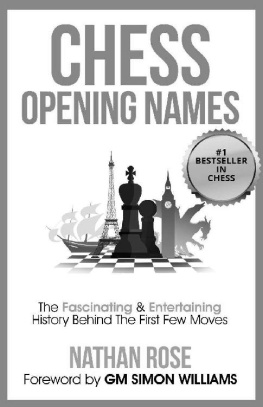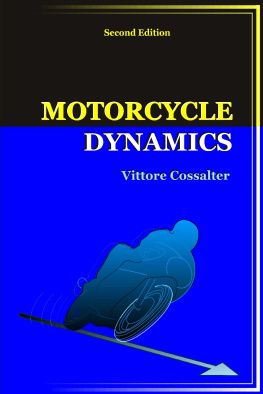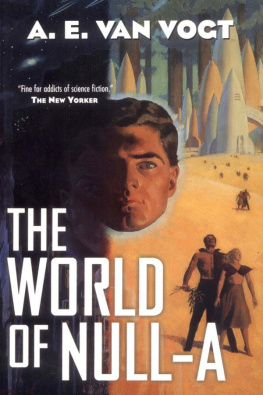Motorcycle Accident Reconstruction
Back Matter
Print ISBN: 978-0-7680-9507-4
eISBN: 978-0-7680-9510-4
DOI: 10.4271/R-483
about the authors
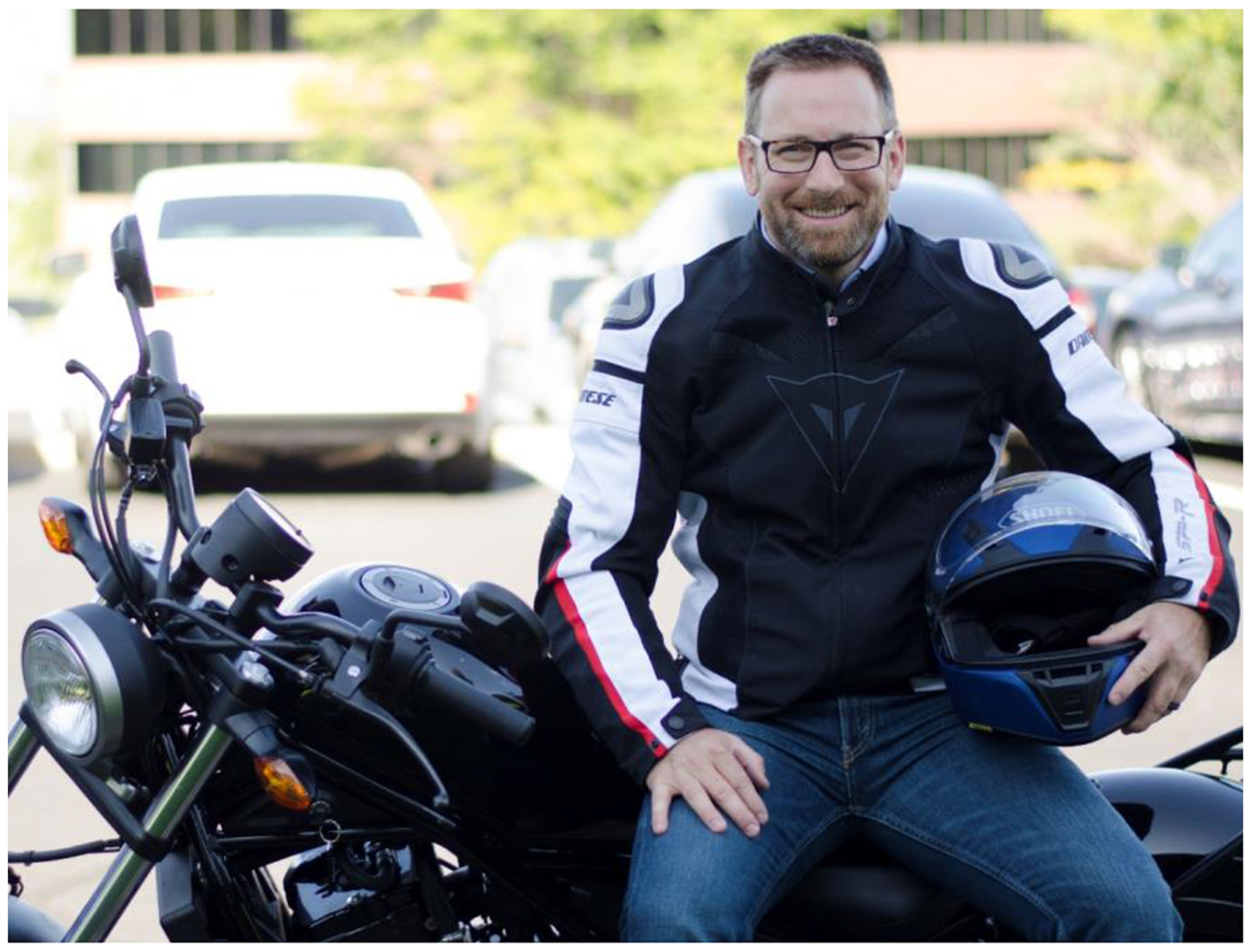
Nathan A. Rose laid his first motorcycle down back in 1976, when as an 18-month-old he pulled the bike down on himself while trying to climb on while the adults werent paying attention. He only recently recovered from this experience and took up motorcycling at the ripe old age of 43. He now rides his 300cc Honda Rebelwhat his friends refer to as his badass mopedwherever and whenever he can while he ponders what bike hes going to buy next and where hes going to store it. His wife has other plans for the money. Nathan has completed the Motorcycle Safety Foundations Basic and Advanced Rider Courses, and he now fancies himself the safest rider on the road.
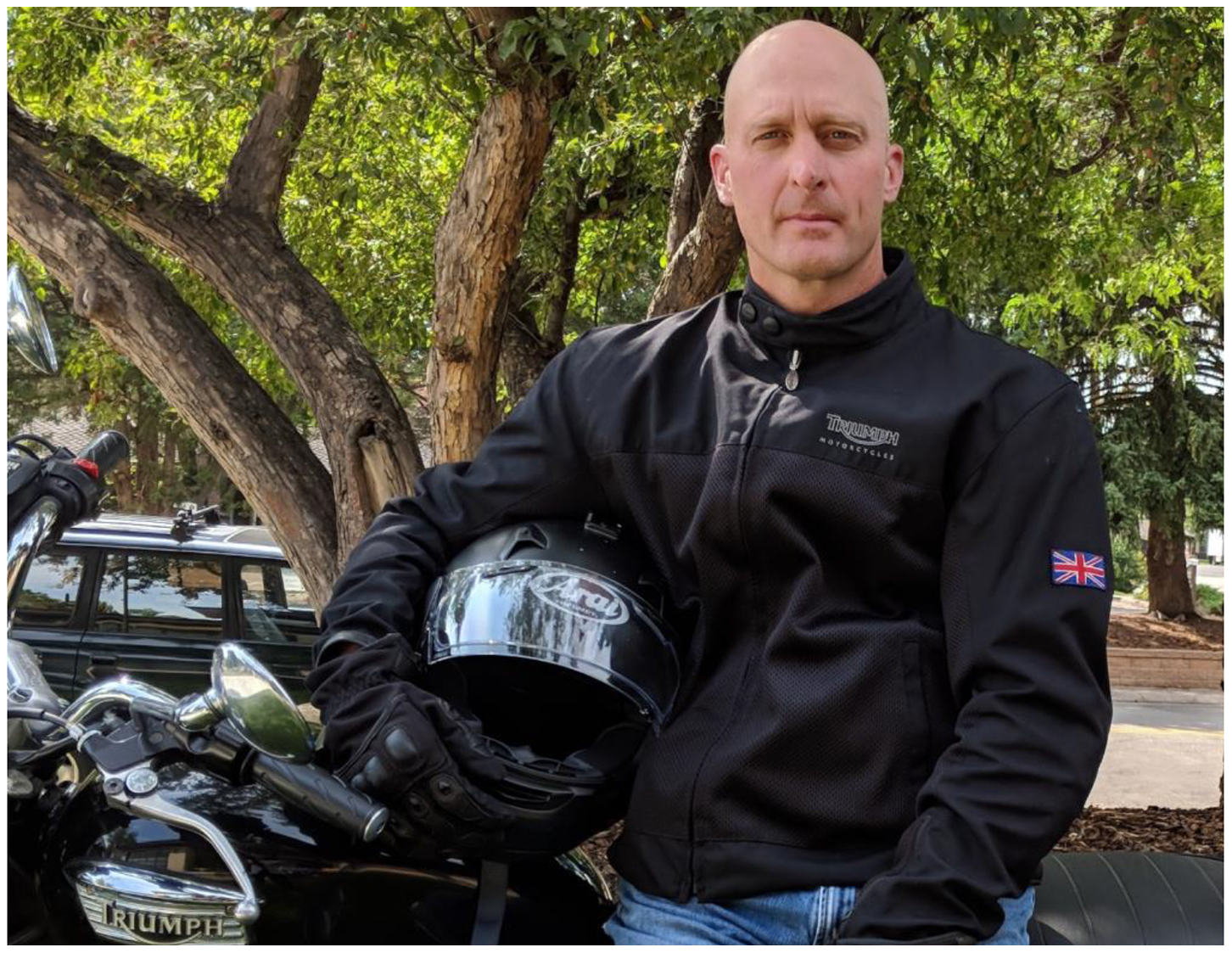
William T.C. Neale : The open-air experience and unique physical interaction a rider has with a motorcycle is what first sparked William T.C. Neales fascination. The thrill of riding grew to the point where Mr. Neale had to share it with others. In fact, the majority of hours he spends around motorcycles is not riding through Colorados notoriously beautiful mountain roads but rather navigating repeated ovals in a small, painted parking lot. But here he gets to witness that unforgettable expression of a students first encounter with the bikes potential to throttle, shift, and weave. He also has shared the thrill of riding with his wife and two children, Maximus and Madeline, who occupied the rear seat of his Bonnie Black the moment their little legs reach the foot pegs. Ride Safe and Ride Wise!
index
ABS, see Antilock braking systems (ABS)
Absorbed energy,
Accident analysis software,
Accident reconstruction,
analysis phase,
avoidance scenarios,
causation,
conservation of energy,
electronic crash-related data,
event recorder data,
eye-witness,
forensic setting,
investigation phase,
Newtons second law and principle of work and energy,
perception-response time,
principle of impulse and momentum,
Rule 702 of the Federal Rules of Evidence,
theoretical and empirical modeling,
uncertainty analysis
analytical approach,
civil litigation context,
coefficient of friction,
criminal context,
dual-wheel roller wheel,
Monte Carlo simulations,
simple high-low approach,
single-wheel roller wheel,
witness statements and testimony,
Analytical reverse projection,
Anthropomorphic test devices (ATDs),
Antilock braking systems (ABS),
Apples QuickTime VR,
Aronbergs model,
Association of European Motorcycle Manufacturers (ACEM),
ATDs, see Anthropomorphic test devices (ATDs)
Atomos Shogun field monitor,
Austrian Automobile Association,
Autodesks 3D Max 2015,
Beam patterns
farthest performing headlamps,
multiple light sources and projection maps,
shortest performing headlamps,
single light source and projection map,
Black outfit,
Bosch Crash Data Retrieval system,
Brake modulation,
Brake reaction time (BRT),
Braking and deceleration capabilities, motorcycle,
integrated, linked and antilock braking systems,
Quick Stop,
state licensing exam,
testing, motorcycles used in
ABS,
1978 BMW R90,
1995 BMW R1100RS,
2003 Buell XB9R,
1968 Harley-Davidson FLH,
Harley-Davidson FXRT,
2005 Harley-Davidson XL 1200 Sportster Custom,
Honda CB500,
1972 Honda SL350,
1972 Honda SL125S trail bike,
1982 Honda XR500R,
Kawasaki EX650,
Kawasaki 1000 police motorcycle,
MOST,
Suzuki GS 550,
Suzuki Katana 750,
Yamaha FJ1100,
Yamaha FZ600,
Yamaha 550 Vision,
California Association of Accident Reconstruction Specialists (CAARS),
California Motorcyclist Safety Program (CMSP),
Camera reverse projection,
Canon C100 HD video camera,
Cartesian coordinate system,
Coefficient of restitution,
Collins method,
Collision,
restitution/rebound phase,
with vehicle and roadside barriers ( see Vehicle collisions, roadside barriers)
Combined braking systems (CBS),
Compact action cameras,
Computer-generated (CG) visualizations
animating environment,
HDR,
nighttime scenarios,
actual vs . digitally measured luminance,
Atomos field monitor,
Autodesks 3D Max 2015,
baseline footage,
calibration process,
camera and calibration setup,
computer environment,
computer modeling programs,
computer projection mapping,
daytime photo, baseline video setup,
digital image and luminance measurements,
drivers perspective,
environment footage,
Faro laser scanner Focus 3D X330,
The Foundrys Nuke
LED markers,
luminance meter,
luminance values,
mapping data,
photograph and computer model of vehicle,
photo-mapped geometry,
projection mapping technologies,
scan data,
scanned scene geometry,
Sokkia Series 30R total station,
tractor-trailer,
vehicles and driving environments,
video capture and calibration equipment,
video-realistic computer environment,
video without vehicles,
photo-or video realistic visualizations,
realistic simulation environment,
three-dimensional modeling,
truck vs . motorcycle crash
antilock brakes,
camera-matching photogrammetric analysis,
ECM,
EDR ( see Event data recorders (EDRs))
fluid trail,
heavy braking/swerving,
mapping data, accident scene photograph,
PC-Crash,
photogrammetric analysis,
physical evidence, camera-matching,
physics-based animation,
principles,
scratch patterns,
video-based motorcycle crash visualization,
Computer Reconstruction of Automobile Speeds on the Highway (CRASH) program,
Conservation of energy,
Conservation of momentum,
Conspicuity

